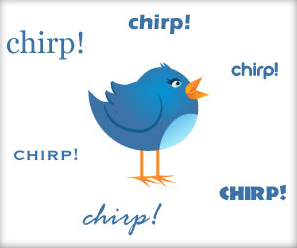Galvanizing students: Social media, with its lightning speed and viral powers, is the perfect tool for activism, and students are no exception. Among other tactics, they're even using Facebook and online petitions to protest school rules.
Defining boundaries: The fine line between personal and professional lives gets stickier when it involves teachers and students. Many schools and districts are having to issue recommendations, guidelines, and, in some cases, prohibitions regarding online interactions. In Massachusetts, new legislation may even threaten a teacher's job if he or she friends a student on Facebook.
Redefining parent communication: Social media is both opening and altering the lines of communcation between teachers, parents, and students. While some teachers do a great job of using Facebook groups and fan pages to keep in touch with parents, schools are also offering cautious recommendations for parents regarding their children's use of social media. Parents might want to be friends with their child on Facebook, for instance -- both to help prevent the bad news (at Horry County Schools in South Carolina, threats prior to a school shooting were posted on Twitter, but neither school officials nor parents knew anything about it) and keep up with the good.
Stepping up the conversation about bullying: Schools have always been full of bullies, but bullies have new tools these days. While it's often less visible than in-class or schoolyard violence, harassment via social media is prevalent and can have dire consequences. The good news is, this prevalence has spurred schools to bring cyber-bullying to light through anti-bullying forums, handbooks, and other forms of community education. The media is also bringing the issue to the forefront and helping to provide advice for parents, students, and teachers on how to help stop -- and prevent -- this kind of behavior.
Providing a wealth of class activities: The social media world is a teacher's oyster. Especially since most students are already deeply engaged in social networking sites, there's an instant buy-in when teachers offer the use of Facebook, Twitter, and YouTube for class purposes. Want to create a Facebook page for a character in a novel for language arts class? How about a Twitter treasure hunt? Facebook can also be a great way to showcase student projects -- Stanford University's Facebook page is a great example. The possibilities are truly endless (check here for a long list of favorites).
Connecting teachers and classrooms: Some teachers use Twitter to connect with other teachers and share lesson plans -- a simple way to gather great ideas and prevent burnout. Also, sites like Facebook, Twitter, YouTube, and class wikis (multi-authored Web pages) provide opportunities for students to chat, share, and collaborate with other students, either across the room or across the world.


